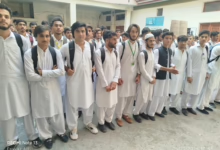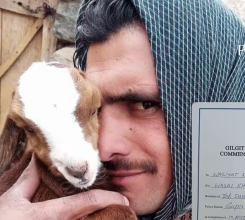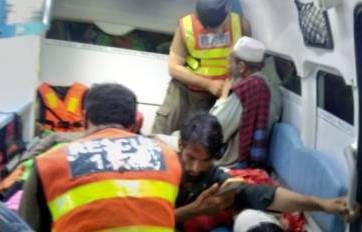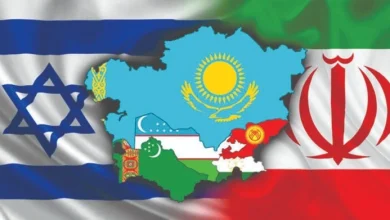By: Usman Torwali
In modern times education has become an essential necessity for people to live a prosperous life and nations to progress. Without an educated population nations not only lag behind in the spheres of development but have to deal crimes, poverty, and indifferent citizenry attitude towards their respective political systems. Developed countries’ primary focus lay on education to build nation and attain the heights of wellbeing. Therefore, in developed countries education is provided in mother tongue as learning in mother tongue builds a child’s cognitive development, helps a child to create an emotional connection with their environment and improves communication skills. It helps in learning a second language more easily and preserve and promote the cultural identity of a community. However, such an approach in the education system of Pakistan is non-existent.
Teaching local language or teaching in a local language is out of question as policies regarding the incorporation of indigenous languages in curriculum has never been considered in the power corridors. No heed has so far been paid to the preservation of indigenous communities’ rights including the right to preserve an indigenous culture and be educated in the mother tongue. Attempting a homogenized society imperils cultural diversity and pavs way for social and religious polarization.
In Pakistan education system suffers from many flaws ranging from an outdated national curriculum, inefficient examination system, untrained teaching staffs, to defective infrastructure. The curriculum is designed in such a way that it does not respect diverse cultures of the country. It does not integrate local relevancy rather it disregards social and political rights of local communities, languages and cultures, mostly in the northern areas of Pakistan.
Swat being a multilingual area faces the same vulnerabilities. There are Gawri, Torwali, Gujri and Ushojo communities in upper Swat. Children from these communities have their respective mother tongues. They do not understand Pashto and Urdu. Even after attaining primary schools, they cannot speak a tad bit word of Pashto.
Not with-standing, District demographics of Swat indicate 28.75 percent literacy ratio with only 13.45 percent females. Before reaching 5th grade 38 percent students drop out of schools. The true extent of Swat’s education problems goes far beyond these troubling statistics. The upper regions of Swat have comparatively less educated population depriving them of the teaching jobs in education department. Those students who do some education in the upper regions cannot outscore the lower regions’ educationally facilitated students in job recruitment formulas where the weightage is given to higher and professional degrees apart from the test marks. Consequently, only Pashto speaking teachers are sent to middle and high schools in the upper regions of Swat.
These Pashto speaking teachers do not understand Torwali, Gawri and other languages spoken in these regions whereas primary and middle school students do not understand Pashto and Urdu. Resultantly, Math, Science and English subjects becomes difficult to teach for teachers due to lingual barriers. A Pashto speaking teacher, who has been teaching for three years in the highlands of Swat, said, “I once sent a class 7th grade student to fetch a chair from the staffroom, but he returned with a cup of tea saying it is cold.” These students cannot comprehend simple Pashto sentences.
Ubaid, another Pashto speaking teacher in middle school, said, “discrepancies in language hinders the comprehension of a complex topic”, he further stated that, “teaching a digestive system to grade 8th students was so difficult for me since I didn’t know Torwali names for organs involved in digestive system and these Torwali students could not understand Pashto and Urdu names.” Teaching English and Urdu poetry also involves specialized vocabulary and alien teachers to local culture and language do not have an understanding of them results in an ineffective instruction, since they are not aware of local idioms, similes, and metaphors. Moreover, lack of a common language between a teacher and students leads to misinformation and misunderstanding, hinderances comprehension and retention of knowledge and results education a futile activity.
Language barrier also leads to cognitive load as a Torwali or Gawri student would have to understand four words for a single object. Ubaid said a student has to understand four words for flower in four different languages i.e flower, Phool, Pusho and Gul. It creates cognitive burden and discourage students for schooling.
The story of Swat is not of Swat’s alone, rather rest of the northern Pakistan have similar issues in education where educational institutions have been dominated by Pashto speaking or Urdu speaking teachers leaving the child’s cognitive development uncertain. The provincial government needs to pay heed to such discrepancies in the education in north as without meaningful elementary education the peripheries will not be able to stand up and compete in the global market. Such an inefficient education has also exacerbated the marginalization of these already marginalized communities in the north of Pakistan.
Also read: Lack of technology education in Pakistani schools






